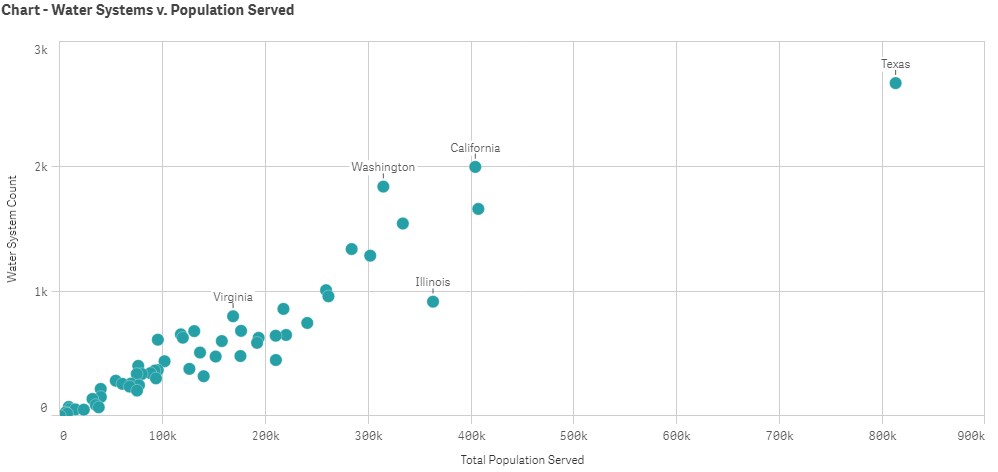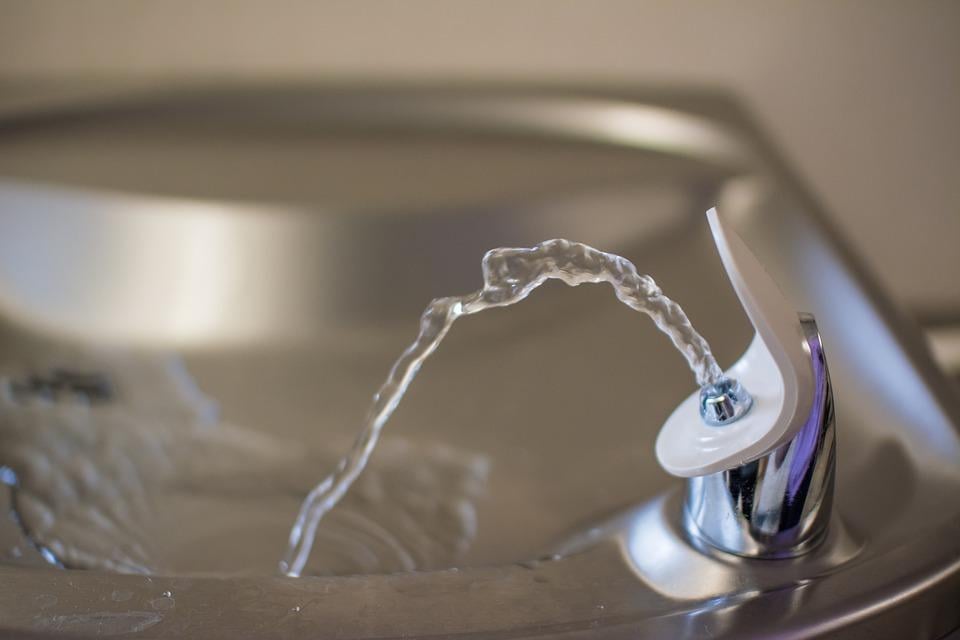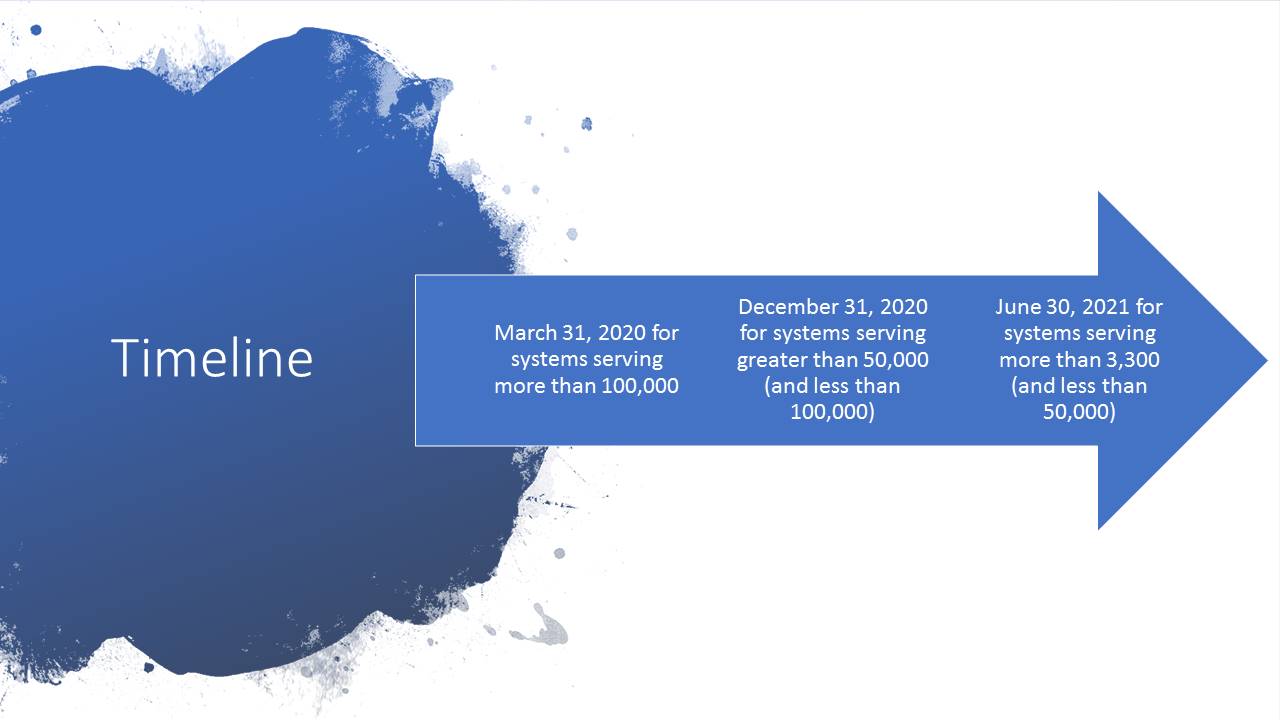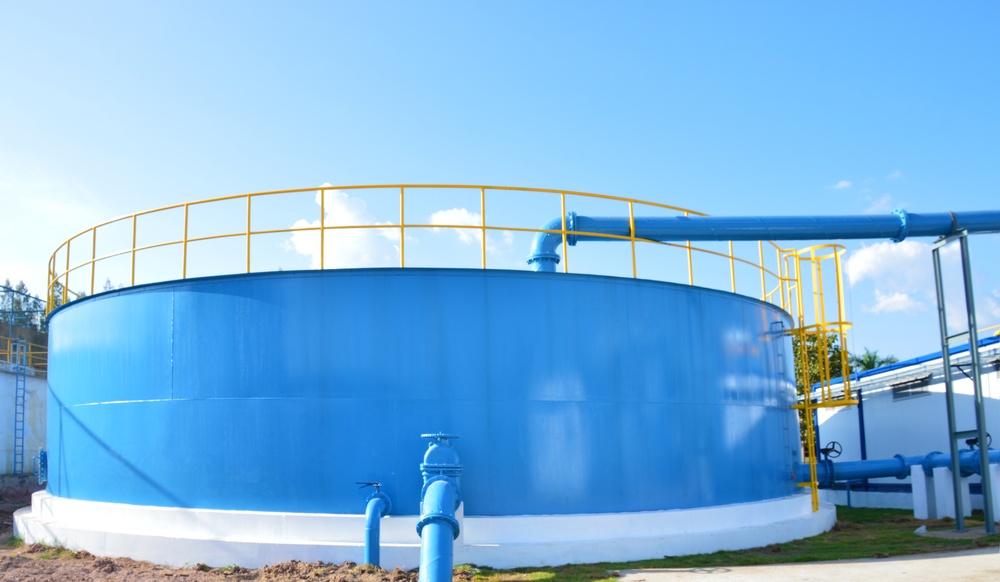America’s Water Infrastructure Act (The Act) was signed into law on October 23 by President Donald Trump. The 130 page Act emerged as an influential and essential law when House and Senate Democrats and Republicans collaborated to put some attention on America’s water infrastructure.
This is certainly an influential and ambitious law, and if you operate a water system or help those that do, take note! There is a strong focus on the role of the Corps of Engineers with respect to water resources development (Title I) and drinking water system improvement (Title II), as well as coverage of hydropower-related topics (Title III).
Here we’ll focus on Title II regarding drinking water systems, from a business and utility (not legal) perspective.
Intractable Water Systems and System Consolidation
In terms of drinking water system improvement, the Act requires the following:
To focus on community or non-community water systems (Intractable Water) that serve a population less than 1000 and have significant noncompliance histories (Section 2003).
As per our own research, there are approximately 32,000 water systems serving populations of 1000 or less, with the Top 5 concentration of these systems being in Texas, California, Washington, New York, and North Carolina.

A study will be completed to identify intractable water systems within 2 years of enactment. This will help to identify the subset of these systems having difficulties providing potable water.
Section 2010 grants the authority to “require the owner or operator of a public water system to assess options for consolidation, or transfer of ownership of the system.”
Lead Testing in Schools

The Act provides for testing of lead in school and child care facilities, as well as the replacement of water fountains, along with a small amount (again, in the millions) of appropriations for this activity.
It also provides technical assistance. There are spending authorizations for testing and water fountain replacement with a focus on low-income areas.
Risk and Resilience Assessments

One of the most-striking requirements of The Act is for Risk and Resilience Assessments.
All community water systems serving populations greater than 3,300 are required to perform a wide-reaching assessment. We believe this will impact over 9,200 drinking water systems nationwide. The following is a chart showing the total population served, and the total number of water systems, per state.

As mentioned, the assessments are quite broad. As specified in Section 2013 of The Act, amending the SDWA Section 1433, assessment requirements include:
- Risks from malevolent acts, such terrorism
- Risks from natural hazards, such as earthquake, flood
- Physical asset resilience, such as pipes and treatment facilities
- Electronic asset resilience, including computers and other automated systems
- Chemical handling and storage
- System operation and maintenance
See page 86 of The Act. The addition of natural hazards and electronic assets is a substantial and important change from post-911 requirements.
The requirements are outlined in only a few paragraphs of The Act, causing us to wonder whether enforcement guidance from the EPA will follow.
Consumer Confidence Reports and Compliance Monitoring Data
In Section 2008, for community water systems serving populations of 10,000 or more, the reporting frequency is changing from annual to at least biannual, impacting more than 4,300 water systems, with the Top 5 concentration of these systems being in Texas, California, Florida, Illinois, and Massachusetts. There are also to-be-determined revisions to increase the quality and accuracy of the information presented.
Section 2011 requires the EPA to submit a strategic plan within a year to implement an electronic system for submitting and retrieving SDWA compliance data, by public water systems to the States, and the States to the EPA.
Authorizations and the Criticality of Appropriations
The Act authorizes many important expenditures, including grants for state programs.
With both parties speaking favorably about infrastructure, and the President’s own stated commitment, that The Act would be suitably funded.
Focus on Electronic Asset Improvement and Resiliency
Water utilities vary greatly in terms of IT system maturity, security, and resilience. From the standpoint of increasing the ability to recognize and recover from upset conditions, data management systems (e.g., SCADA, historians) play an increasingly important role in water utility operations. A combination of sensors, real-time data, and analytics help utilities detect, prevent, and recover from upset conditions.
Gary Wong, Global Water Industry Principal of OSIsoft, the maker of the PI System, says "Digital technologies will give the water industry a deeper, more granular understanding of what’s happening across their service territory as well as the means to take action. We’re already seeing situations where real-time information from their software systems are allowing utilities and large industrial users to save millions in predictive maintenance or leak remediation. Once you start providing easy access to this this data, it’s amazing what people will accomplish."
Compliance Method and Timeline

Community water systems must self-certify compliance, with the deadline depending on population served.
Deadlines are:
- March 31, 2020 for systems serving more than 100,000
- December 31, 2020 for systems serving greater than 50,000 (and less than 100,000)
- June 30, 2021 for systems serving more than 3,300 (and less than 50,000)
We have determined the number of water systems in each compliance segment. Of note, it doesn’t appear that the plans need be submitted, only the self-certification.
Qualified professional (e.g., Professional Engineer) certification isn’t required. This seems to be lacking compared to the certification requirements for other risk management programs, such as Spill Prevention Control and Countermeasures (SPCC) or Risk Management Plans (RMP).
Emergency Response Plans

No later than 6 months from the assessment dates (discussed above), emergency response plans must be prepared. See page 87 of The Act for details.
Other Noteworthy Items
Here are other items of note, to be discussed at a future time:
- Assistance. Several sections of The Act provide for financial assistance.
- Pork. There are many special callouts or “pork” projects in The Act. Perhaps the price of bipartisanship? There appear to be well over 100 special projects, occupying approximately 70 pages of The Act.
- Cancellations. There are also notable funding dis-appropriations, with certain projects becoming unfunded. If you are a consulting firm with water industry customers, it is probably well-worth scanning these pages for opportunities and risks.
- Innovation. A few places in The Act provide for funding of innovation. The amounts can be of interest for individual research institutions, but do not appear to be “needle movers” for industry as a whole.
In Conclusion

This is certainly an influential law, significant for its ambitious scope and for taking a proactive stance around water system risk assessment.
There should be substantial opportunity here for consulting and engineering firms who can apply extensive water system expertise to current and new utility customers. Busy utilities may lack the manpower or expertise to complete the assessments and emergency response plans within the allotted time. Risk management construction projects, as well as changes to operations and maintenance, should follow on the heels of the risk assessment activity, as utilities mitigate those risks.
The Act seems to acknowledge the threat not only from changing climate patterns and from cyber-security threats that can cripple local and regional governments. The examples are ample for both. Utilities and their customers can greatly benefit from this exercise in risk management and emergency preparation.
FirmoGraphs helps you, as part of the water industry ecosystem, reach this widely distributed market in an efficient and effectivemanner. We apply Business Intelligence to help you better-understand, and approach, 1000s of US water utilities. Click here to learn more about applying BI to your approach in the US utility market.
Click below to download our E-Book on 5 Critical Actions you can take to make your marketing more insight-driven, using Business Intelligence.
You might also want to read our blog Applying Business Intelligence (BI) to the US Water Market.
Disclaimer
None of the information we provide may be taken as legal advice. Please consult an attorney if you require a legal interpretation of this information.
Any information contained on this website or within any attachments is offered without representation or warranty as to its accuracy or completeness and FirmoGraphs, LLC cannot be held responsible for loss or damage caused by errors, omission, misprints or your misinterpretation of such information. Seek competent professional advice prior to relying on or utilizing such information in any manner as any such use is at your own risk.


